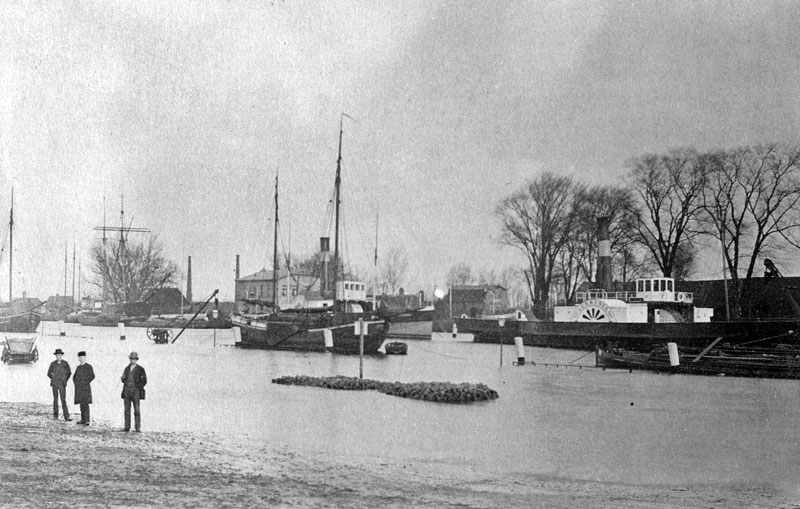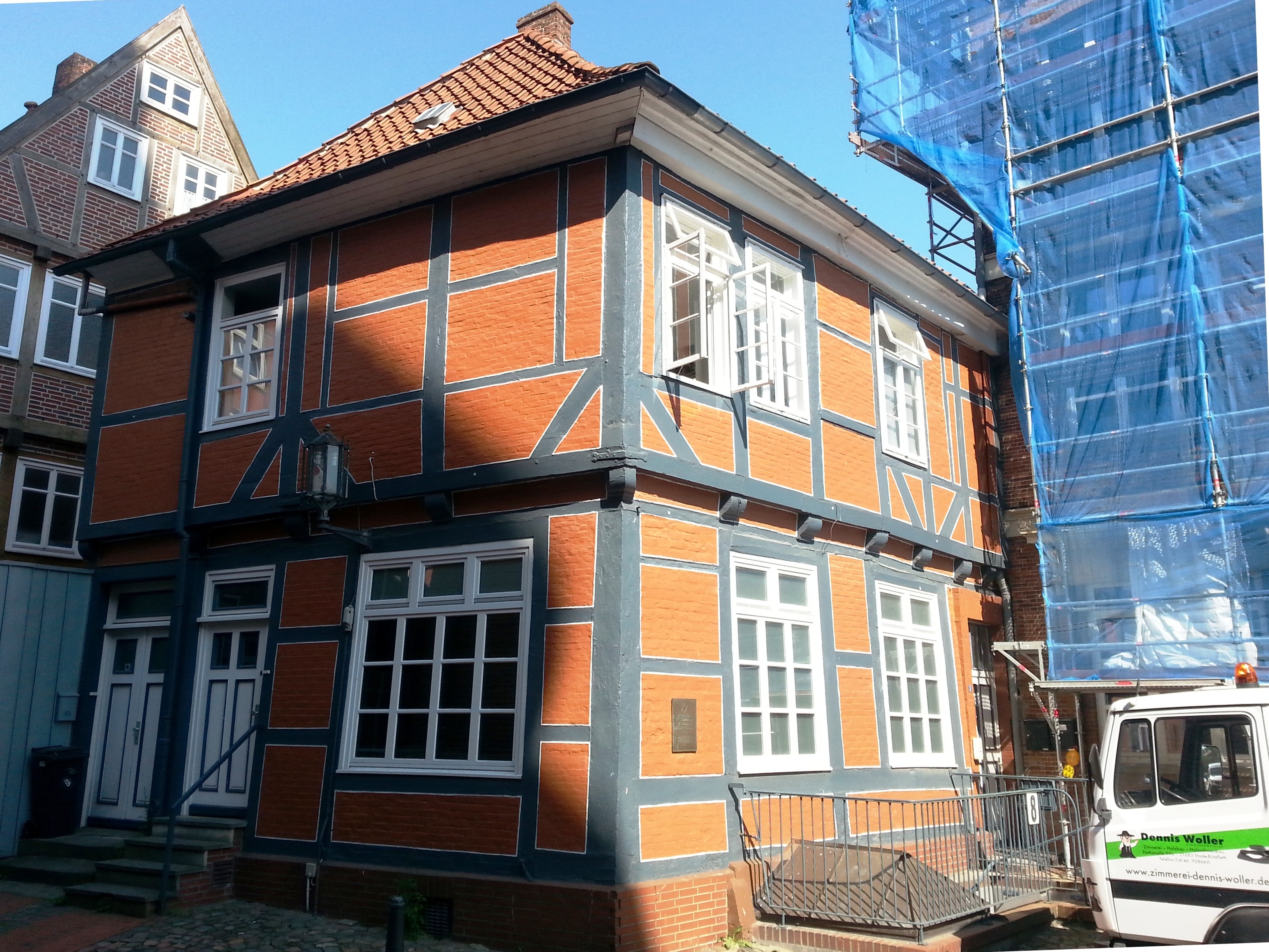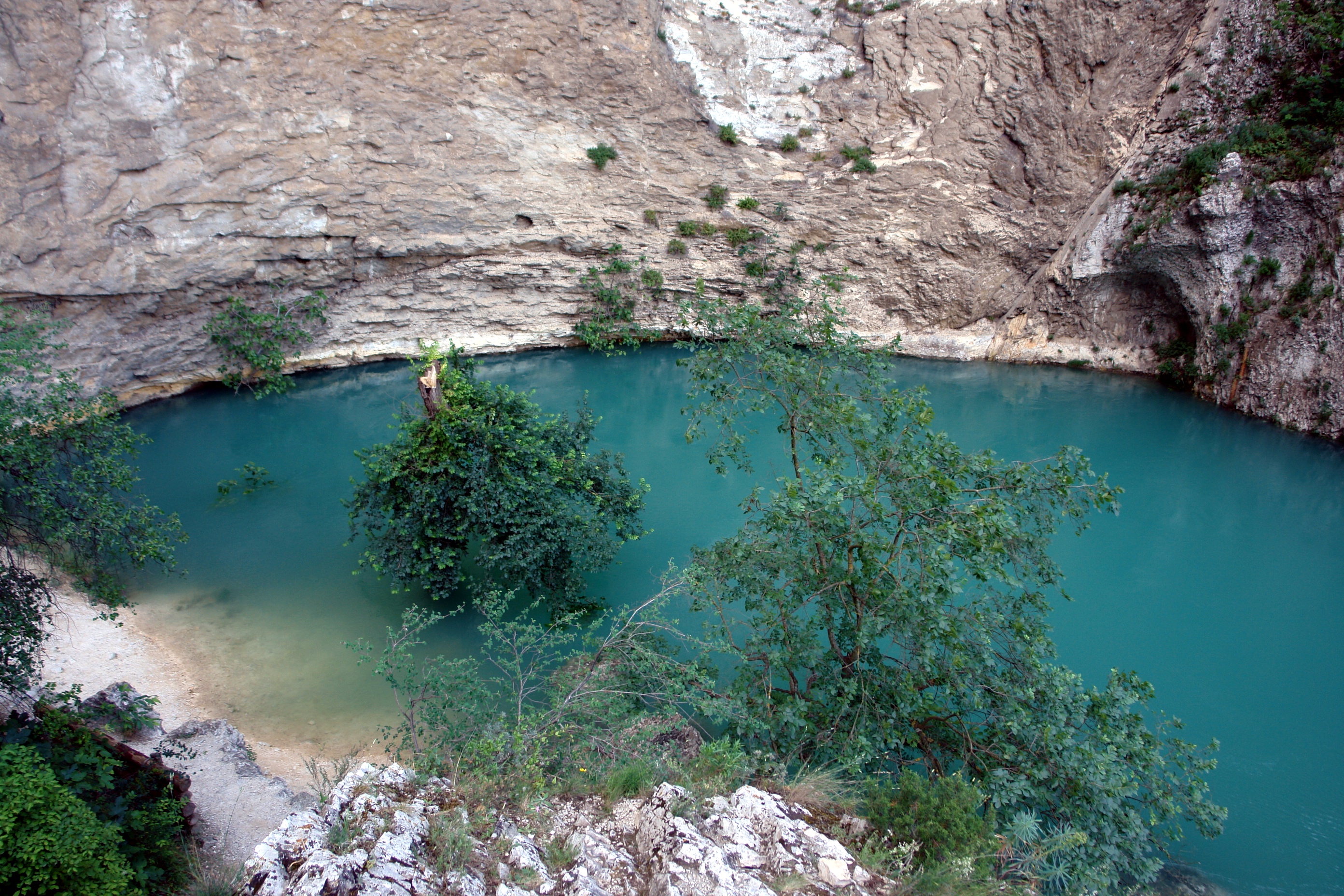|
Elite Two Championship
Elite 2 (formerly the Elite Two Championship) is the second tier semi-professional rugby league competition in France below Elite 1, but above the National Division 1. The season runs from September to April. The clubs play each other home and away before entering into a series of play-off matches resulting in a Grand Final. The winners can gain promotion to Elite 1 providing they meet a minimum criteria. Occasionally the runners-up could be offered promotion. History The league was previously called the National League 1 from 1958 to 2002. The Elite Two Championship was formed in 2002 when the French Rugby League Championship was split into two Elite One and Elite Two. There was no competition in 1987 and in 1988 the league was won on league placings and not by a series of play-offs. Teams for 2021–22 season Past winners See also *Rugby league in France * France national rugby league team *France women's national rugby league team *French Rugby League Cha ... [...More Info...] [...Related Items...] OR: [Wikipedia] [Google] [Baidu] |
Elite 1 (rugby League)
Elite 1 is the top level rugby league competition in France, sanctioned by the French Rugby League Federation. The season runs from September to April, which is in contrast to the majority of other major domestic rugby league competitions worldwide. The clubs play each other home and away then they enter into a play-off series culminating with a Grand Final. The competition is the continuation and first division of the French Rugby League Championship, which has been in existence since 1934, and is generally regarded as the third most important domestic championship in the world, behind Australia, Australia's National Rugby League and the transnational European Super League, and ahead of the NZRL Men's National Competition, NZRL National Competition, Balkan Super League, Rhino Cup and USA Rugby League. History The French Rugby League Championship began in 1934, the first one being the only one where it was won by the team finishing top of the table on points and not by a play- ... [...More Info...] [...Related Items...] OR: [Wikipedia] [Google] [Baidu] |
Villefranche-de-Rouergue
Villefranche-de-Rouergue (; oc, Vilafranca de Roergue ) is a commune in the Aveyron department in southern France. Villefranche-de-Rouergue station has rail connections to Toulouse, Figeac and Aurillac. History At the end of the Albigensian Crusade from the northern "barons" against the southern Occitania on a religious pretext (fighting the Cathar heresy), the Count of Toulouse was defeated and concluded the Treaty of Paris in 1229. With this, the Count gave the Rouergue county to his daughter. She married Alphonse de Poitiers, brother of Saint Louis, King of France. Alphonse founded Villefranche on the place of an old village called La Peyrade in 1252. In 1348 it was so flourishing that sumptuary laws were passed. Soon afterwards the town fell into the hands of Edward the Black Prince, but was the first place in Guyenne to rise against the English. New privileges were granted to the town by Charles V, but these were taken away by Louis XI. In 1588 the inhabitants repulse ... [...More Info...] [...Related Items...] OR: [Wikipedia] [Google] [Baidu] |
Stade De Lescure D'Albigeois
Stade (), officially the Hanseatic City of Stade (german: Hansestadt Stade, nds, Hansestadt Stood) is a city in Lower Saxony in northern Germany. First mentioned in records in 934, it is the seat of the district () which bears its name. It is located roughly to the west of Hamburg and belongs to that city's wider metropolitan region. Within the area of the city are the urban districts of Bützfleth, Hagen, Haddorf and Wiepenkathen, each of which have a council () of their own with some autonomous decision-making rights. Stade is located in the lower regions of the river Elbe. It is also on the German Timber-Frame Road. History The first human settlers came to the Stade area in 30,000 BC. Since 1180 Stade belonged to the Prince-Archbishopric of Bremen. In early 1208 King Valdemar II of Denmark and his troops conquered Stade. In August Valdemar II's cousin being in enmity with the king, the then Prince-Archbishop Valdemar reconquered the city only to lose it soon aft ... [...More Info...] [...Related Items...] OR: [Wikipedia] [Google] [Baidu] |
RC Lescure-Arthes XIII
Racing Club Lescure-Arthès XIII are a French Rugby league club based in Lescure-d'Albigeois, Tarn in the Midi-Pyrénées region. The club plays in the French Elite Two Championship. Founded in 1964 as a youth side, their home ground is the Stade Jean Vidal. History Racing Club Lescure XIII as they were originally called were founded in 1964 by school teacher Jean Carayon as a youth team. Helped by fellow teachers ''Pierre Lapeyre'' and ''Henri Papailhau'' the team used to train and play anywhere they could until the Stade Jean Vidal was secured and became their base. In 1974 it was decided to start a senior team but with their ground not up to league standard they played their first season at the Stade Mazicou in nearby Albi. During the debut season work on their own ground got under way, the old wooden stand was replaced along with new changing rooms, floodlights installed and a new clubhouse built, so that the following season the first team could play at the Stade Jean ... [...More Info...] [...Related Items...] OR: [Wikipedia] [Google] [Baidu] |
Pyrenees Orientales
The Pyrenees (; es, Pirineos ; french: Pyrénées ; ca, Pirineu ; eu, Pirinioak ; oc, Pirenèus ; an, Pirineus) is a mountain range straddling the border of France and Spain. It extends nearly from its union with the Cantabrian Mountains to Cap de Creus on the Mediterranean Sea, Mediterranean coast. It reaches a maximum altitude of at the peak of Aneto. For the most part, the main crest forms a divide between Spain and France, with the microstate of Andorra sandwiched in between. Historically, the Crown of Aragon and the Kingdom of Navarre extended on both sides of the mountain range. Etymology In Greek mythology, Pyrene (mythology), Pyrene is a princess who eponym, gave her name to the Pyrenees. The Greek historiography, Greek historian Herodotus says Pyrene is the name of a town in Celts, Celtic Europe. According to Silius Italicus, she was the virgin daughter of Bebryx, a king in Narbonensis, Mediterranean Gaul by whom the hero Hercules was given hospitality during his ... [...More Info...] [...Related Items...] OR: [Wikipedia] [Google] [Baidu] |
Stade Jean Galia
Stade (), officially the Hanseatic City of Stade (german: Hansestadt Stade, nds, Hansestadt Stood) is a city in Lower Saxony in northern Germany. First mentioned in records in 934, it is the seat of the district () which bears its name. It is located roughly to the west of Hamburg and belongs to that city's wider metropolitan region. Within the area of the city are the urban districts of Bützfleth, Hagen, Haddorf and Wiepenkathen, each of which have a council () of their own with some autonomous decision-making rights. Stade is located in the lower regions of the river Elbe. It is also on the German Timber-Frame Road. History The first human settlers came to the Stade area in 30,000 BC. Since 1180 Stade belonged to the Prince-Archbishopric of Bremen. In early 1208 King Valdemar II of Denmark and his troops conquered Stade. In August Valdemar II's cousin being in enmity with the king, the then Prince-Archbishop Valdemar reconquered the city only to lose it soon aft ... [...More Info...] [...Related Items...] OR: [Wikipedia] [Google] [Baidu] |
Stade Georges Mauro
Stade (), officially the Hanseatic City of Stade (german: Hansestadt Stade, nds, Hansestadt Stood) is a city in Lower Saxony in northern Germany. First mentioned in records in 934, it is the seat of the district () which bears its name. It is located roughly to the west of Hamburg and belongs to that city's wider metropolitan region. Within the area of the city are the urban districts of Bützfleth, Hagen, Haddorf and Wiepenkathen, each of which have a council () of their own with some autonomous decision-making rights. Stade is located in the lower regions of the river Elbe. It is also on the German Timber-Frame Road. History The first human settlers came to the Stade area in 30,000 BC. Since 1180 Stade belonged to the Prince-Archbishopric of Bremen. In early 1208 King Valdemar II of Denmark and his troops conquered Stade. In August Valdemar II's cousin being in enmity with the king, the then Prince-Archbishop Valdemar reconquered the city only to lose it soon aft ... [...More Info...] [...Related Items...] OR: [Wikipedia] [Google] [Baidu] |
US Entraigues XIII
Union Sportive Entraigues XIII are a rugby league team based in Entraigues-sur-la-Sorgue in the region of Vaucluse in the south-west of France. They play in the Elite Two Championship the second tier of rugby league in France. Their home ground is the Stade Georges Mauro. History The first significant date in US Entraigues XIII history occurred in 1967 when the club won the National 2 league, now called the National Division 1 beating SO Avignon in the final. In season 1975-6 they once again reached the National 2 league final this time losing to Salon XIII 2-13. The club were twice runners-up again in the same league in 1988-89 they were beaten by Le Pontet XIII 9-15 and in season 1990-91 they lost out to Saint-Hyppolite 9-17 but were promoted to the National League 1 now called Elite Two Championship for the first time in their history. In the 1994-95 season they won the National League 1 when beating Cannes XIII in the final 22-6 but declined promotion to the top flig ... [...More Info...] [...Related Items...] OR: [Wikipedia] [Google] [Baidu] |
Vaucluse
Vaucluse (; oc, Vauclusa, label= Provençal or ) is a department in the southeastern French region of Provence-Alpes-Côte d'Azur. It had a population of 561,469 as of 2019.Populations légales 2019: 84 Vaucluse INSEE The department's prefecture is . It is named after a spring, the Fontaine de Vaucluse, one of the largest |
Stade De La Roseraie
Stade (), officially the Hanseatic City of Stade (german: Hansestadt Stade, nds, Hansestadt Stood) is a city in Lower Saxony in northern Germany. First mentioned in records in 934, it is the seat of the Stade (district), district () which bears its name. It is located roughly to the west of Hamburg and belongs to that city's Hamburg Metropolitan Region, wider metropolitan region. Within the area of the city are the urban districts of Bützfleth, Hagen, Haddorf and Wiepenkathen, each of which have a council () of their own with some autonomous decision-making rights. Stade is located in the Niederelbe, lower regions of the river Elbe. It is also on the German Timber-Frame Road. History The first human settlers came to the Stade area in 30,000 BC. Since 1180 Stade belonged to the Prince-Archbishopric of Bremen. In early 1208 King Valdemar II of Denmark and his troops conquered Stade. In August Valdemar II's cousin being in enmity with the king, the then Prince-Archbishop V ... [...More Info...] [...Related Items...] OR: [Wikipedia] [Google] [Baidu] |
RC Carpentras XIII
RC Carpentras XIII are a semi-professional rugby league club based in the city of Carpentras, Vaucluse in the south of France. Formed in 1938, they play in the Elite Two Championship in France, which is the 2nd tier. Their home ground is the Stade de la Roseraire. History The club was founded in 1938 under their original name Racing Club de Carpentras XIII du Comtat. The club competed in the amateur rugby league but at the end of just their second season war broke out and brought an end to French sport. Worse was to come when the Vichy Government sanctioned sport to restart but banned rugby league. The club had to change their name to Union Sportive Carpentrassienne and were forced to play rugby union. After the war the club reverted to their original name and gained almost immediate success winning back-to-back amateur titles in 1949 and 1950 in front of regular crowds of between 1,000 and 1,500. The club turned semi-professional in 1951 after their promotion but would have to ... [...More Info...] [...Related Items...] OR: [Wikipedia] [Google] [Baidu] |






